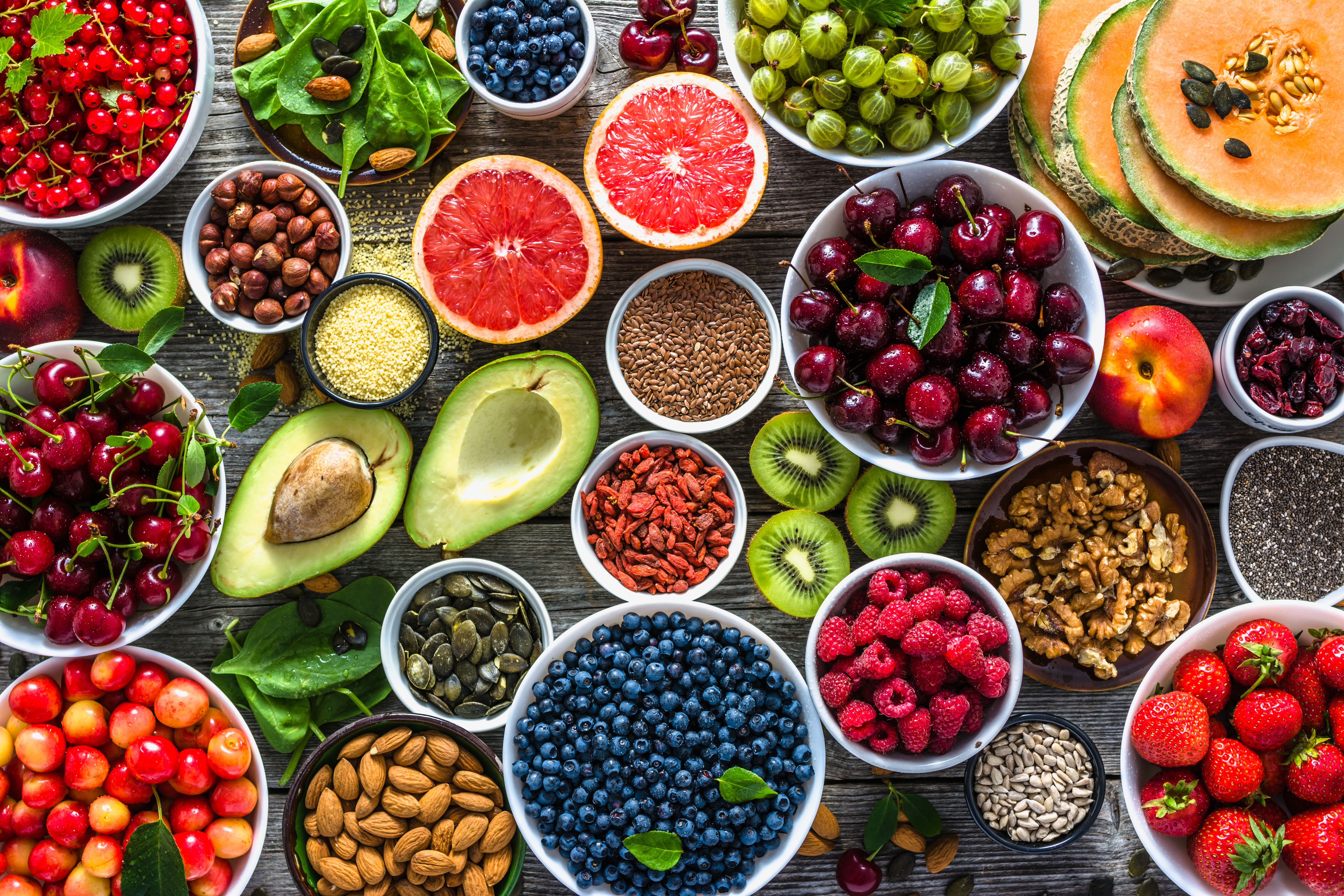News
Article
Educational Nutrition Programs Targeted at Communities Improve Diabetes Outcomes
Author(s):
Food is medicine is a framework of policy and behavioral interventions, improving population health through access to healthy foods to increase food and nutrition security.
At the American Diabetes Association (ADA) 84th Scientific Sessions, experts discuss how educational nutrition programs are not a one-size-fits-all solution and should target the community populations that are being served.
Image Credit: alicja neumiler - stock.adobe.com

Sarah A. Stotz, PhD, MS, RDN, CDCES, from Colorado State University, serves American Indian and Alaska Native populations. She stated that there are 9.7 million individuals who identify as either or both populations, and approximately 70% live in Urban areas.
“Food that is native or indigenous to a certain people that are natives themselves is usually based on their original region, their climate, their land, where they call home,” Stotz said. “We also have to think about the decimation of tribal food sovereignty as we know it from the past, as related to implications of colonization, forced removal from native lands, and boarding schools.”
She added that there are high rates of diabetes and related complications among American Indian Alaskan Native patients, stating the multi-level approaches to address diabetes health disparities might help solve these issues. Nutrition education to a specific audience is only helpful when that education is tailored to that particular audience, Stotz said.
The What Can I Eat? program is a collaboration between the ADA and the Shakopee Mdewakanton community. As part of the program, investigators used need assessments, literature reviews, interviews, and focus groups of people who have type 2 diabetes (T2D), family members, caregivers, traditional healers, experts, and native food ways. A health literacy review was also conducted. They initiated a few sites across the United States, and they gathered feedback and did review assessments. Then, the investigators developed a curriculum based on the feedback.
“It ended up being a 5-lesson curriculum. Each class had a nutrition lesson and activity, a physical activity component, and a mindful nutrition component. Some of the unique features that we're especially proud of came to us from community feedback,” Stotz said.
The features included original photography from the program, scripted lessons so non-dietician could teach the curriculum, a lesson on what to eat, with a heavy emphasis on traditional food, and placeholders where each member could insert their own traditional foods into the curriculum based on their communities.
After the first year of the program, the COVID-19 pandemic affected it, but the investigators pivoted, making Zoom-based classes, shorter lessons, retaining the site facilitators, and shipping class materials to patients.
“We found that throughout the curriculum for those that were in the immediate intervention, there were indeed improvements in self-efficacy using the diabetes plate, confidence in making healthful food choices, and frequency of healthful nutrition behaviors,” Stotz added.
Food insecurity can impact diabetes management, Stotz said. So in future years, this will be further investigated and the program will continue.
Elise Mitchell, MS, MPH, project manager for Produce Prescriptions, discussed food insecurity and the risk of developing diabetes.
“Some of you may have heard of the concept of food as medicine,” Mitchell said. “This is a framework of policy and behavioral interventions aimed at improving population health by expanding access to healthy foods and increasing both food and nutrition security.”
Produce Prescriptions is a food as medicine approach that allows health care providers to prescribe fruits and vegetables for patients who are experiencing food insecurity as well as diet-related chronic disease, including diabetes. The prescriptions are a financial incentive that can be redeemed for fresh fruits and vegetable at participating retailers, Mitchell said. The program is community based and in partnership with health care systems.
“It's implemented on an individual level through the patient-provider relationship, and this allows for more programs sustainability,” Mitchell said.
Patients are screening for eligibility in a clinic setting determined based on income or food insecurity status, diagnosis of/being at risk for a specific health condition, and characteristics like household size or pregnancy status. Providers refer patients to the program by directing them to community-based organizations or by writing a referral for redemption. Patients may also need to formally enroll into the program. The program also included educational proponents on nutrition.
There were 22,571 patients enrolled across the country, with many having diabetes. Patients used the program to purchase nearly $4.5 million worth of produce, which was approximately $3000 a month, according to Mitchell.
Investigators found that patient’s fruit and vegetable intake increased from 2.6 to 2.8 cups per day, and participants also reported better perceived health. Mitchell said that the PPT2D study is currently being performed, with a primary outcome being change in percentage of hemoglobin A1c. Individuals included in the study will receive random treatment with the standard of care or the standard of care with the produce program for 6 months.
At baseline, the population, including 204 individuals, reported food insecurity at about 71%, 70% had poor or fair health, and 59% had diabetes-related distress. The study is currently ongoing, with investigators hoping to evaluate for the impact on T2D, cost-effectiveness, feasibility, and best practices.
“Education is a cornerstone to diabetes and self-management. Research and education for diabetes and self-management can help things like blood sugar management, blood pressure management, and increased food security,” Stotz said.
Reference
Eichorst B, Stotz SA, Mitchell E, Shearrer GE. Severe GLP-1RA Side Effects in Obesity Treatment—Fact or Fiction? Presented At: ADA 84th Scientific Sessions; June 21-June 24, 2024; Orlando, Florida.

FDA Approves Dupilumab, Marking First Targeted Therapy in a Decade for Chronic Spontaneous Urticaria





